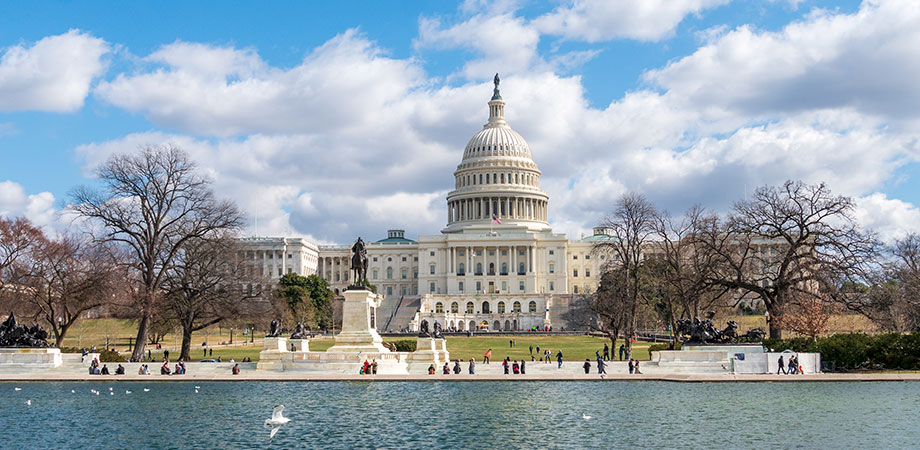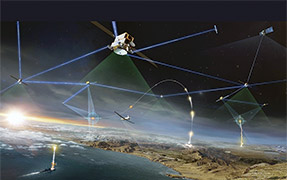Export Control on Artificial Intelligence Software May Have Unintended Consequences

On 6 January 2020, the US Department of Commerce Bureau of Industry and Security released an interim final rule to control software specially designed to automate the analysis of geospatial imagery. The likely intent is to control software that can be used for military intelligence gathering via satellite, such as aerial imagery to identify objects of interest, or assess disaster or conflict zones. However, companies eyeing commercial markets utilizing similar AI technology, such as software for autonomous vehicles, should review this new control carefully to ensure that it will not impact current or future product lines.
This export control goes into effect immediately through an emergency procedure, and establishes a temporary control on the item to all destinations except Canada. However, according to emergency procedure guidelines, in order for the control to stay in place beyond one year, the US must reclassify and establish the control on the Commerce Control List (CCL) under a specific classification entry. The CCL controls technologies that could be used for either a commercial or military purpose.
In addition to adding this control to US regulation, the US intends to propose the new control as an international standard via the Wassenaar Arrangement. This means the implications of this new control could be felt by any of the 42 Wassenaar participating countries, which includes much of Europe. Wassenaar participating countries vote yearly on whether to accept new proposals such as this one. It is unclear at this time if the control, or a version of this control, will be accepted by the international community that participates.
This new export control applies to geospatial imagery software with a graphical user interface that enables the user to identify objects. Through the Federal Register, the US government accepted comment on this emergency control to help inform what will likely become a permanent control within regulations. SPIE provided public comment on behalf of its membership and highlighted a few areas of concern regarding the current control language. Specifically, that several key terms lack definition, including "geospatial imagery," "deep convolutional neural network," "rotational normalization," and "rotational pattern," which could lead to unintentional confusion or overcontrol based on broad interpretation.
Unintentional confusion would increase burden on the Department of Commerce, as official requests from industry flood in to help clarify their software classifications. As currently written, the rule is open to a broad interpretation that could capture certain neural network software used in ground-based mapping, vehicle localization, and object recognition.
"Geospatial imagery" could be interpreted as relating to any data associated with a location including ground-based data collected by civil automobiles commonly used for creating three-dimensional road maps and associated point clouds. Other readers of this regulation may construe the term more narrowly and understand "geospatial imagery" to be limited to only imagery or lidar point clouds from a satellite, surveillance aircraft, or drones. Given the national security sensitivity and emergency nature of the control, it seems likely that Commerce intended to restrict aerial geospatial imagery analysis software rather than ground-based geo-imagery analysis software. However, as with any regulation, specificity is critical to ensure there is no misinterpretation or reinterpretation by officials in future years.
Additionally, ambiguity over the definition and application of the terms "rotational normalization" and "rotational pattern" may result in confusion or broad control of specific network architectures like Rotational Equivariant Vector Field Networks (RotEqNet) or Harmonic Networks (H-Nets) that are hard-coded to address rotation transformations and can be used in either supervised or unsupervised neural networks.
Finally, there is also evidence that countries outside of the Wassenaar Arrangement control regime are making progress in this technology area that may already exceed the control parameters described in the temporary control. This is significant because Wassenaar strives to only include items that are considered controllable. If a nonparticipating country is producing the technology, it renders the control ineffective and puts companies within a Wassenaar participating country implementing this control standard at a competitive disadvantage.
Jennifer Douris O'Bryan is the SPIE Director of Government Affairs.
| Enjoy this article? Get similar news in your inbox |
|



